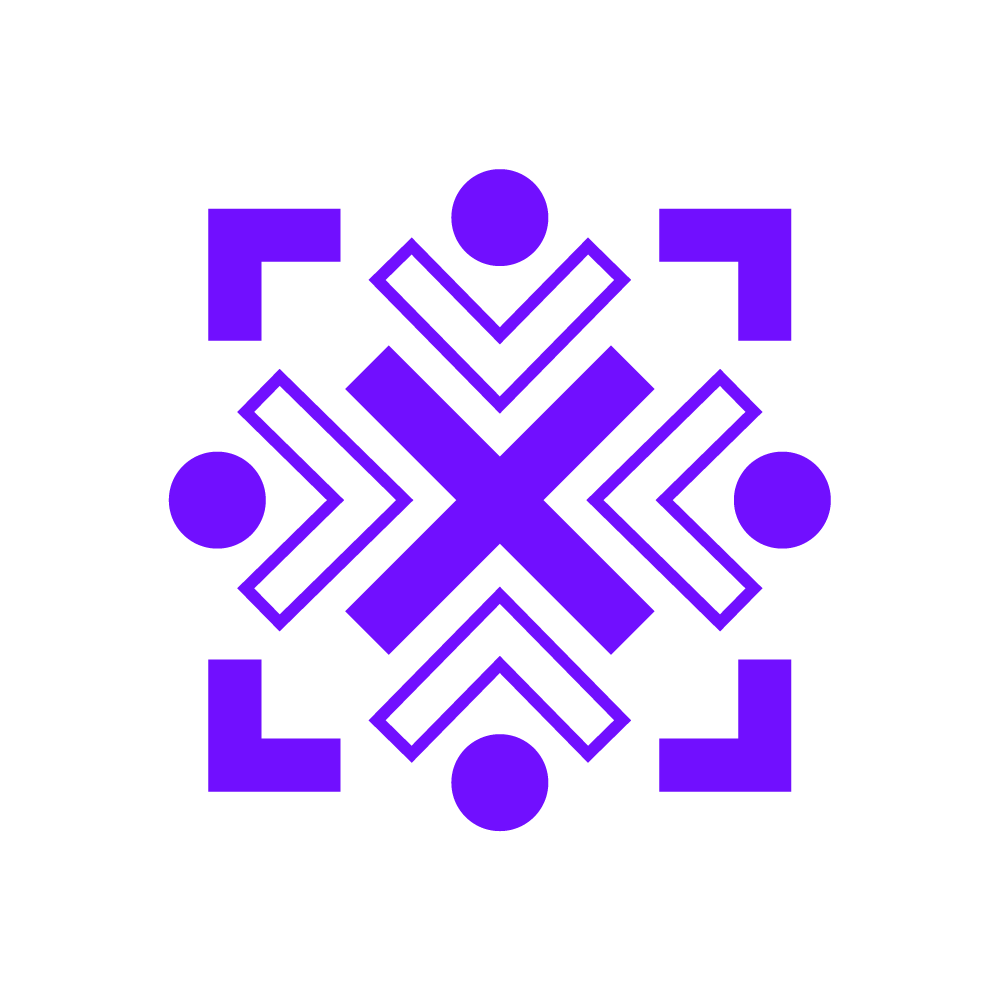Are you spending hours at your desk but still struggling to accomplish meaningful tasks? In today’s hybrid work environments, distractions and inefficiencies can drain your energy. A Gallup study reveals that recognition alone can improve performance by up to 15%, while Slack reports 41% of employees waste time on low-value tasks.
Balancing focus and well-being is key to sustainable output. This guide explores actionable strategies—from structured time blocks to tech tools—that help professionals achieve more in less time. Whether remote or in-office, small changes create big results.
Key Takeaways
- Hybrid work models introduce new challenges for maintaining focus.
- Employee recognition directly impacts performance metrics.
- Time-wasting tasks consume nearly half of some workdays.
- Well-being initiatives correlate with higher output levels.
- Structured schedules like Maker Weeks optimize deep work.
Why Productivity Matters in the Modern Workplace
Modern enterprises measure success not just by revenue, but by how effectively teams convert effort into results. The labor productivity formula—revenue divided by employee hours—reveals whether resources generate value. A 10% improvement in this metric can yield $2.5M annual savings for mid-sized firms, proving efficiency directly fuels business success.

The Link Between Productivity and Economic Growth
Traditional manufacturing prioritized output per labor hour, but knowledge work demands smarter metrics. Government data shows hybrid work policies could lift U.S. GDP by 5% by 2030. Unlike assembly lines, creative roles thrive when employees have psychological safety—a 23% focus booster per Harvard research.
How Employee Engagement Drives Output
Gallup’s studies reveal a cyclical relationship: recognition improves performance by 22%, while engaged teams show 21% higher profitability. A tech firm case study demonstrated an 18% output spike after implementing peer recognition programs. When staff see their work impacting goals, they invest more discretionary effort—creating a self-reinforcing cycle.
10 Essential Ways to Boost Productivity at Work
Professionals waste 41% of their workday on activities that don’t move the needle. Transforming these lost hours into meaningful output requires strategic changes to workflows, communication, and task execution.

Streamline Communication Channels
Switching from email to platforms like Slack cuts response time by 37%, per case studies. Sales teams using threaded channels report 28% faster project approvals. A step-by-step migration plan ensures smooth adoption:
- Audit current email threads for redundancy
- Create dedicated channels for projects
- Train teams on @mentions and status updates
Automate Routine Tasks
Zapier integrations save 11 hours monthly by automating CRM updates. One tech firm reduced IT ticket resolution time by 63% using chatbots for password resets. Focus shifts to high-value activities when bots handle repetitive workflows.
Remove Low-Value Work with AI
AI document search slashes research time by 45%, while transcription tools reclaim 2.1 weekly hours per employee. Marketing teams using AI summaries for reports gain 30% faster insights extraction.
Optimize Your Work Environment for Focus
A cluttered desk or chaotic digital workspace can silently drain 33% of your daily output potential. Harvard research confirms that intentional design of your environment—both physical and virtual—directly impacts cognitive performance and efficiency.

The Impact of Physical and Digital Spaces
Open offices increase collaboration but reduce deep work capacity by 48%, per Oxford studies. Hybrid teams benefit from focus pods with noise-canceling features. For remote workers, VPN speed tests prevent lag-induced frustration during critical tasks.
Digital decluttering is equally vital. Shared drives with clear naming conventions save 2.1 hours weekly. Neurodiversity-friendly adjustments—like adjustable monitor heights and blue-light filters—support mental health and sustained attention.
Psychological Safety and Performance
Teams reporting high belonging exhibit 56% better concentration. Simple tools like anonymous feedback systems or “red light” desk signals reduce interruptions by 37%. When employees trust their environment, error reporting improves by 29%—turning mistakes into growth opportunities.
Flexible desk policies outperform fixed arrangements, with a 22% rise in task completion. Pair this with ergonomic checklists (screen at eye level, wrist supports) to align physical comfort with expectations for high output.
Leverage Technology to Save Time
Teams lose 25 minutes per task switch—a hidden cost of fragmented tech stacks. Research shows unified platforms like Slack Connect cut email volume by 68%, reclaiming hours lost to inbox overload. The right tools transform chaos into streamlined workflows.

Consolidate Tools with Integrations
Disjointed apps create friction. A marketing team saved 11 hours monthly by linking Todoist with their CRM for automated task tracking. Prioritize platforms with API connections to sync data across tools securely.
Compare enterprise versus free versions carefully. Paid plans often include cross-app search and workflow triggers that accelerate processes. For example, automated report generation in Tableau eliminates manual data compilation.
Customize Notifications to Minimize Distractions
Default alerts sabotage focus. A digital distraction audit revealed teams waste 37% of their day on unnecessary pings. Set hierarchies: critical tasks trigger sounds, while newsletters mute after hours.
Dual monitors boost efficiency by 22% for data-heavy roles, but ultra-wide screens suit designers better. Test configurations to match your team’s needs—productivity spikes when tech aligns with work rhythms.
Master Time Management Techniques
Time management isn’t just about working harder—it’s about working smarter with the hours you have. Research shows that structured approaches like time-blocking and Maker Weeks can reduce task completion time by 32%, turning fragmented days into focused progress.
Time-Blocked Work Sessions
Parkinson’s Law proves work expands to fill allotted time. Combat this by dividing your day into 90-minute blocks for deep focus. Engineering teams using this method report 28% faster sprint deliveries. Key steps:
- Prioritize high-impact tasks in morning energy peaks
- Use Pomodoro variations (e.g., 50/10 splits) for sustained attention
- Color-code calendars to visualize activities and buffer zones
The Power of Focused “Maker Weeks”
Slack’s adoption of Maker Weeks—dedicated cycles for uninterrupted projects—boosted output for 84% of employees. Unlike manager schedules packed with meetings, maker schedules protect focus time. Try these tweaks:
- Designate meeting-free Fridays for milestone goals
- Map energy levels to align tasks with peak mental states
- Share interruption protocols (e.g., “Do Not Disturb” signals)
A time audit spreadsheet with automated formulas can reveal hidden inefficiencies, helping teams reclaim up to 11 weekly hours.
Foster Collaboration Without Overload
Misaligned communication costs companies 20% of their productive hours annually. When teams lack structured workflows, even well-intentioned collaboration can derail progress. Research shows shared channels reduce meeting time by 41%, while documented processes boost alignment by 67%.
Shared Channels for Cross-Team Projects
Centralized platforms like Microsoft Teams cut redundancy. A company case study found dedicated project channels reduced email clutter by 58%. Key tactics:
- RACI matrices clarify roles (Responsible, Accountable, Consulted, Informed).
- Async video updates replace status meetings for global teams.
- Public channels with pinned SOPs prevent repetitive questions.
Clear Guidelines for Virtual Communication
Without rules, 72% of employees misinterpret priorities. Establish protocols:
- Use @mentions only for urgent requests to respect focus time.
- Escalation flowcharts define when to move from chat to calls.
- Version-controlled docs eliminate duplicate information.
One tech firm saved $220K annually by auditing low-value meetings with an hourly rate calculator.
Build a Culture of Continuous Improvement
Sustainable success hinges on nurturing talent through structured development. Companies with strong learning cultures see 82% higher retention and 23% output spikes. When employees feel invested in, they drive innovation and hit goals faster.
Encourage Feedback and Recognition
Real-time feedback tools like 15Five reduce skill gaps by 37%. A tech firm’s peer recognition program delivered 180% ROI via reduced turnover. Simple tactics work best:
- Monthly “shout-out” boards highlighting cross-team wins
- Anonymous suggestion boxes with leadership response timelines
- 30-60-90 day check-ins aligning personal growth with company objectives
Invest in Employee Growth Opportunities
88% of workers want development but hate generic training. Tailored solutions outperform:
- Shadowing programs exposing high-potential employees to leadership
- Tuition reimbursement for role-specific certifications (not just degrees)
- “Innovation Fridays” granting 4-hour blocks for skill-building
One logistics company boosted promotions-from-within by 41% after mapping clear career pathways. Growth isn’t optional—it’s the core of competitive culture.
Conclusion
Transforming workplace efficiency requires strategy, not just effort. The ten core methods discussed—from optimizing time blocks to leveraging tools—deliver measurable results when implemented consistently.
Track progress with KPIs like task completion rates and meeting reduction metrics. Technology acts as a force multiplier, but cultural adoption determines success. Regular audits prevent backsliding into old habits.
Remember: sustainable gains need balance. Quarterly reviews and Slack integrations help employees stay aligned without burnout. Productivity grows through continuous refinement, not one-time fixes.
Start small. Use our free assessment checklist to identify quick wins for your team. The journey to peak performance begins with a single, intentional step.
FAQ
How does improving productivity impact business success?
Higher output leads to better results, faster growth, and stronger competitive advantages. Companies with engaged employees see up to 21% greater profitability.
What are the most effective tools for automating tasks?
Platforms like Zapier, Microsoft Power Automate, and Trello help eliminate repetitive work. AI-powered solutions such as Notion AI or ChatGPT can also streamline workflows.
How can workspaces be optimized for better focus?
Reduce clutter, use noise-canceling headphones, and adjust lighting. Digital tools like Focus@Will or Freedom block distractions for deep work sessions.
What time management method delivers the best results?
Time blocking with tools like Google Calendar or Clockify ensures dedicated focus periods. The Pomodoro Technique (25-minute bursts) also improves concentration.
How do you balance collaboration with individual productivity?
Set core hours for meetings in tools like Calendly. Use Slack statuses or Microsoft Teams “Do Not Disturb” to protect focus time while maintaining accessibility.
What role does company culture play in employee output?
Organizations prioritizing recognition, learning, and work-life balance see 41% lower absenteeism and 17% higher performance according to Gallup research.



